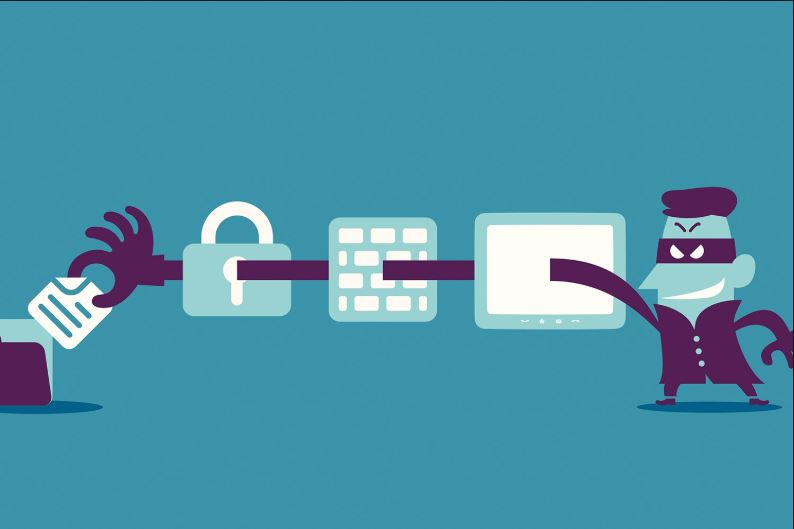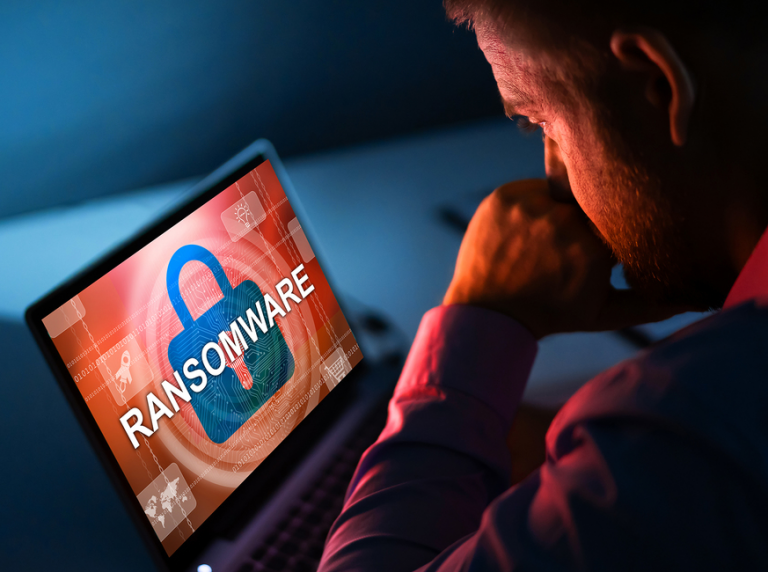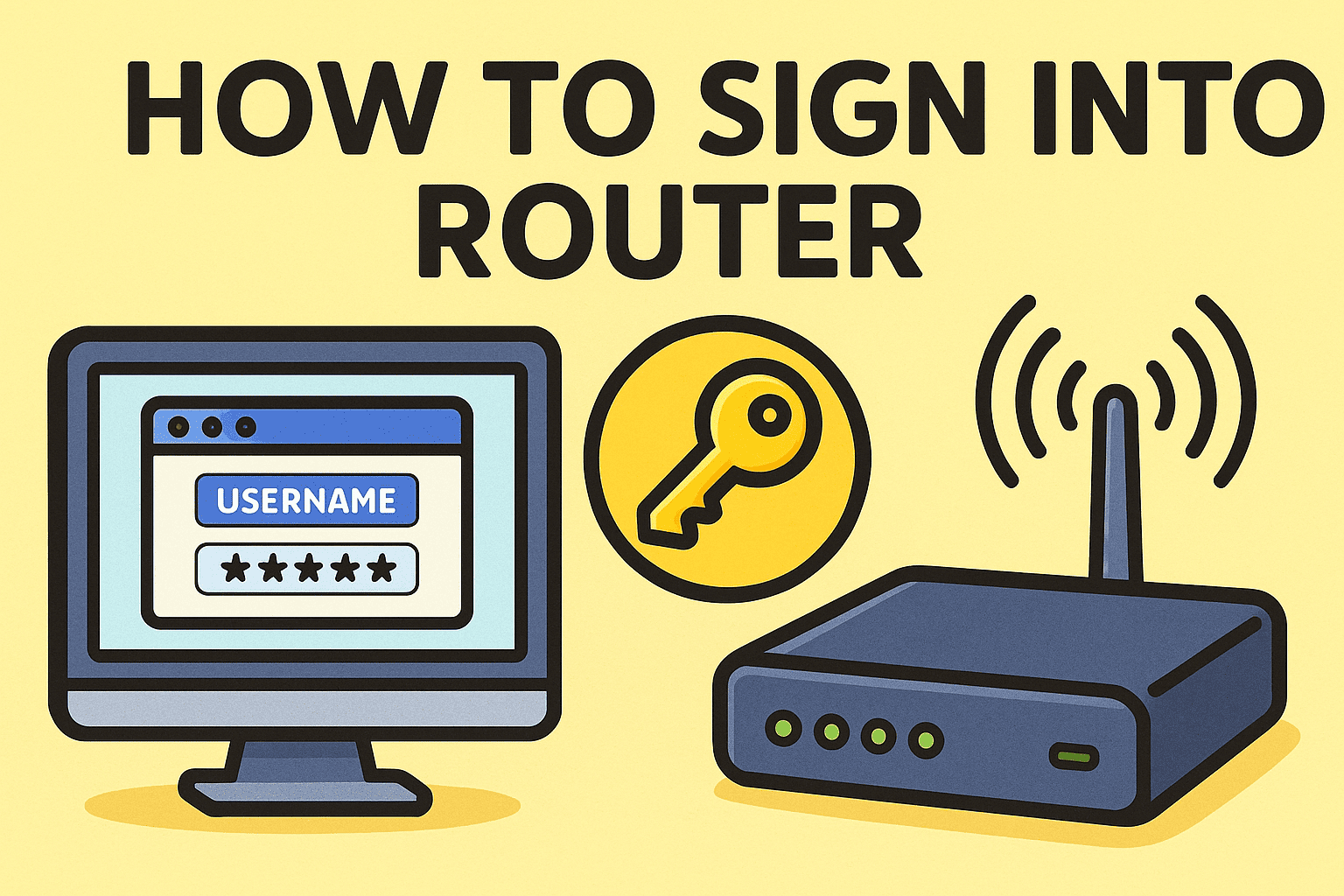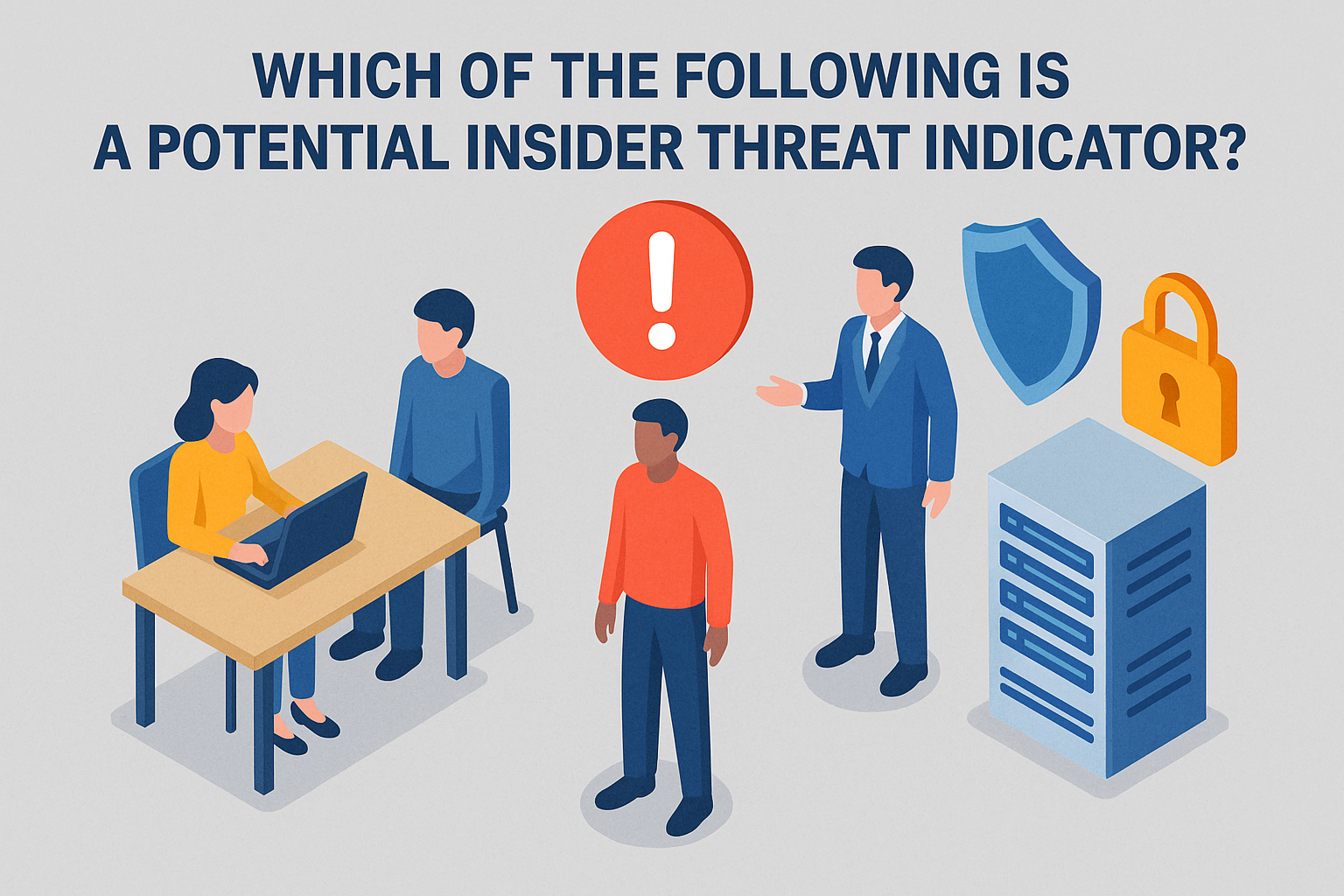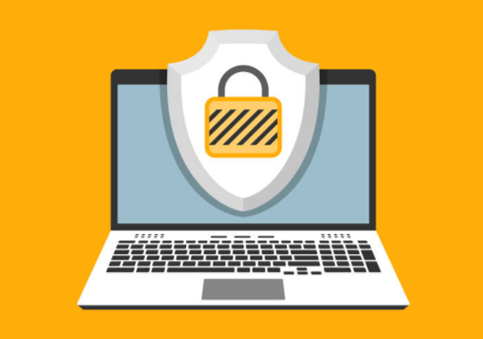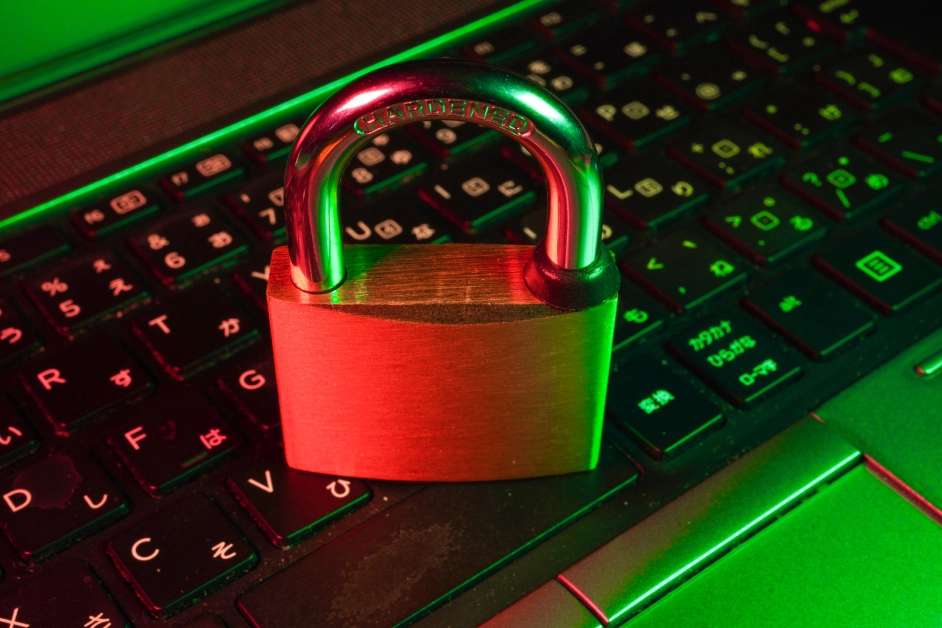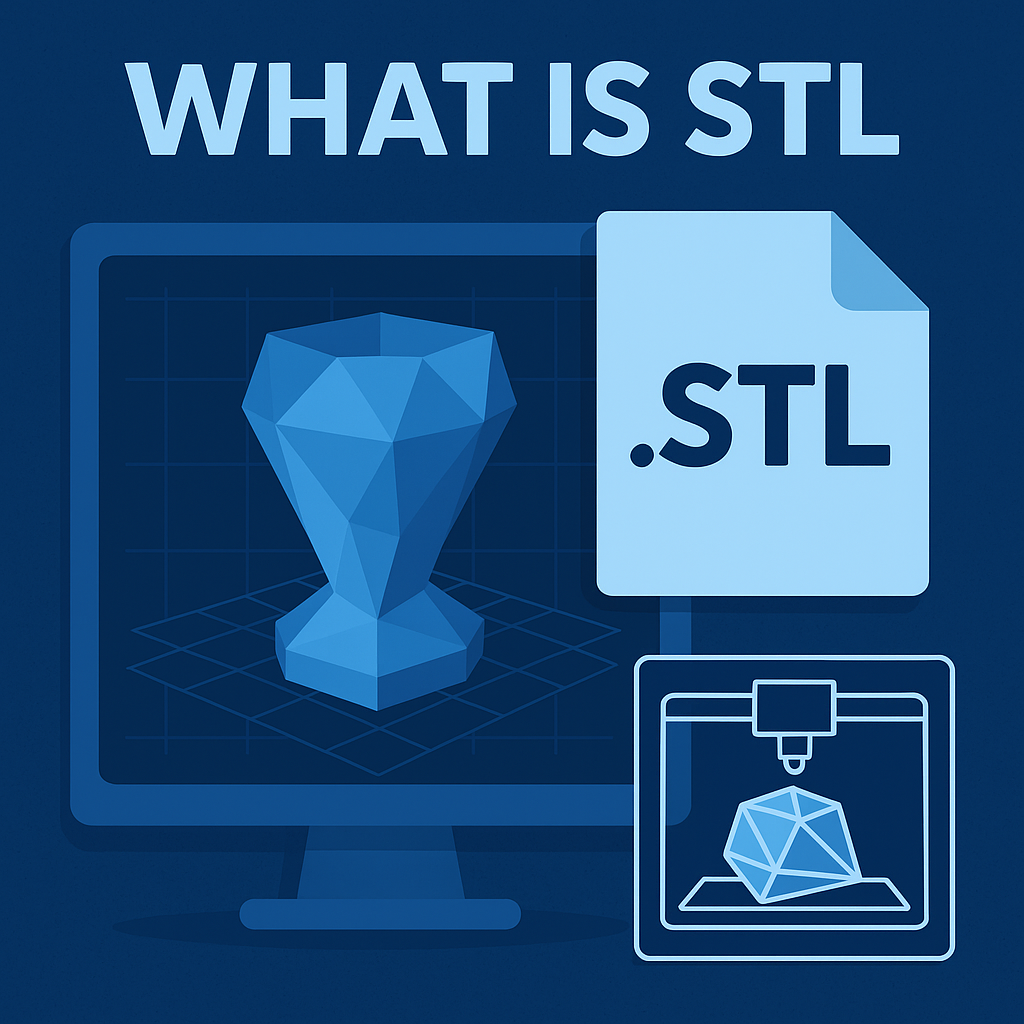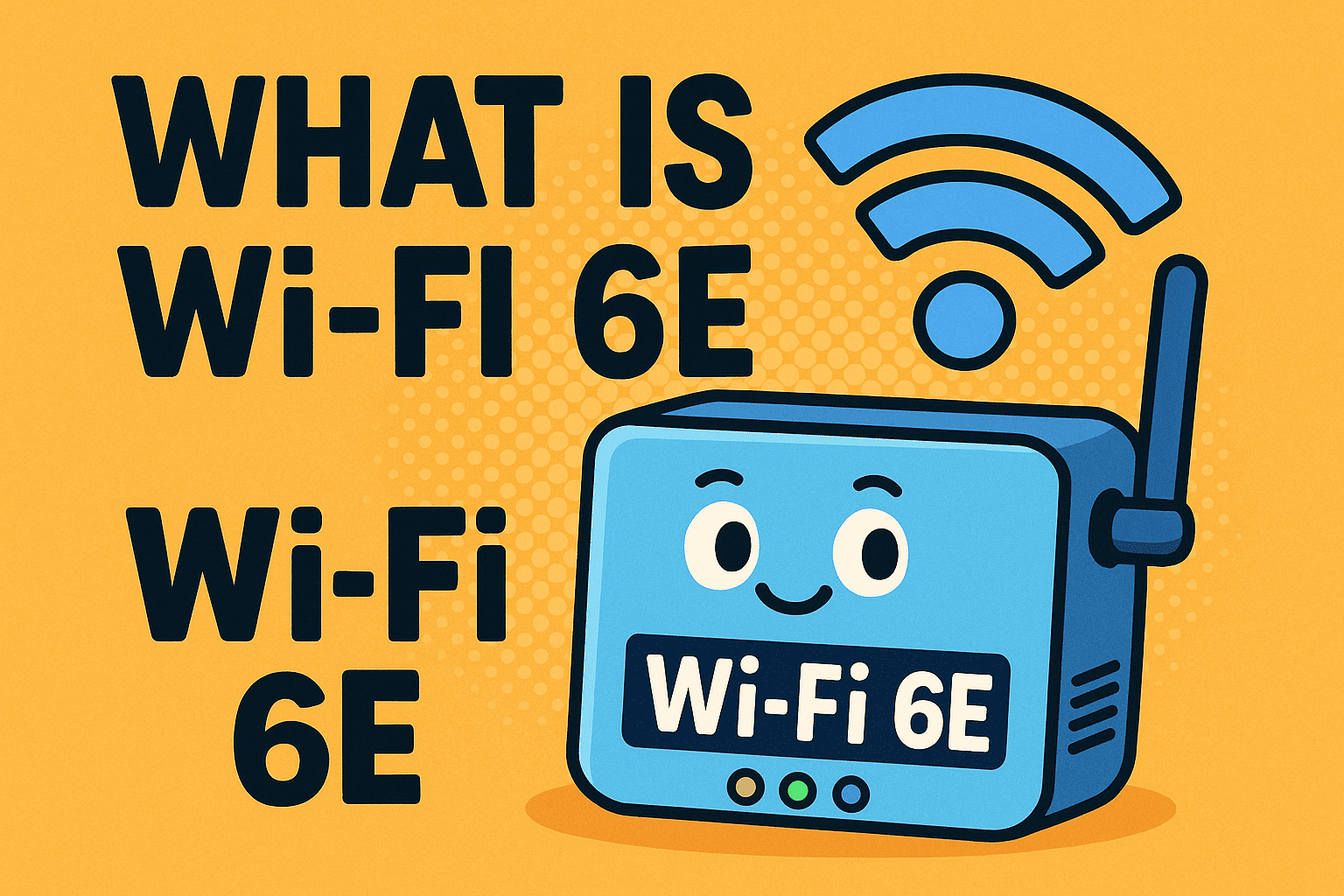What is EDI? A Complete Guide to Electronic Data Interchange
Updated on August 21, 2025, by Xcitium
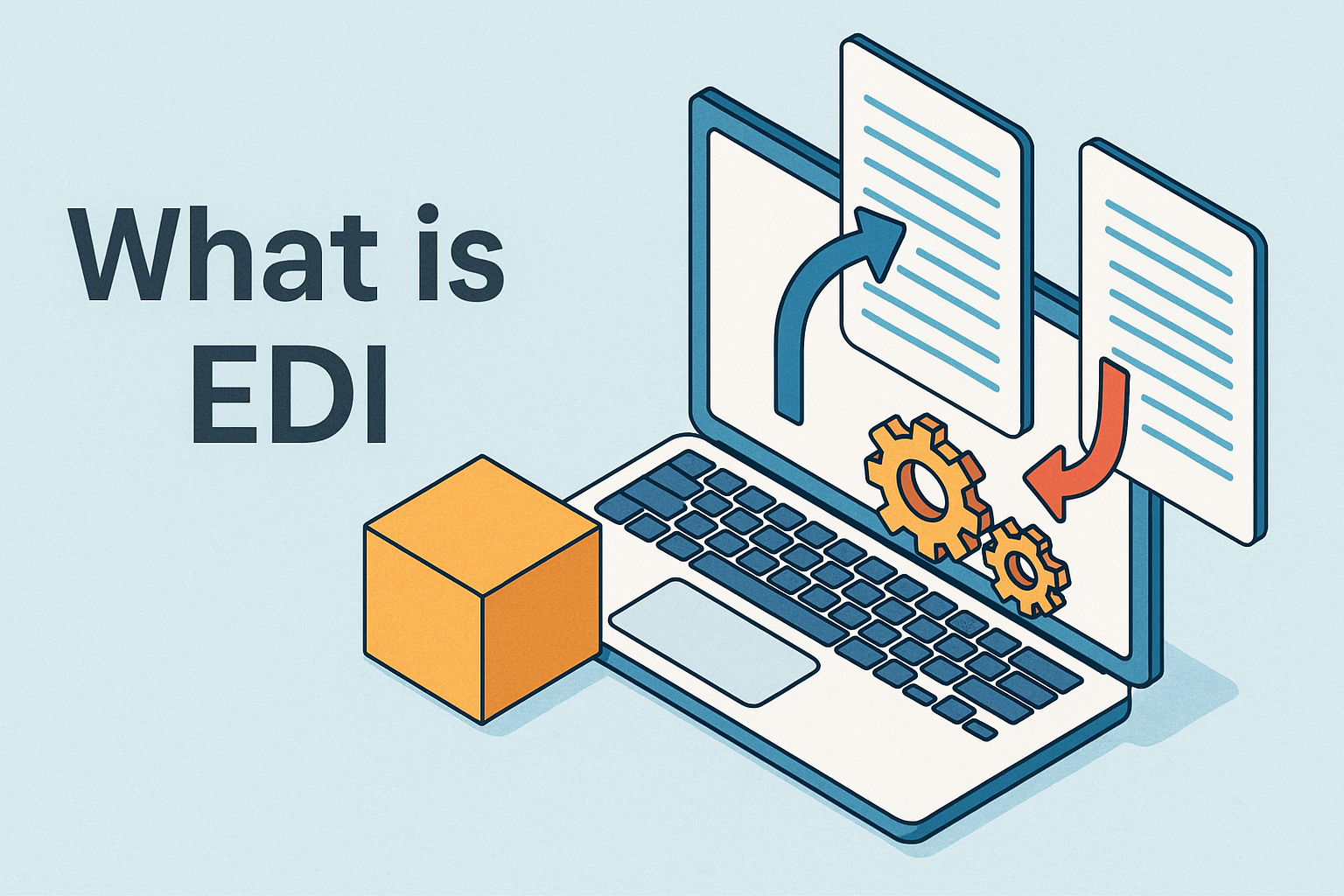
Have you ever wondered how large businesses exchange invoices, purchase orders, or shipping notices without human intervention? The answer is EDI, or Electronic Data Interchange. In today’s fast-paced digital economy, efficiency and automation are not just competitive advantages—they’re requirements. Understanding what is EDI and how it works can help IT managers, CEOs, and cybersecurity professionals streamline workflows, cut costs, and enhance security in business communications.
This guide will break down EDI in simple terms, explore its role in modern industries, and explain why it’s essential for secure, efficient data exchange.
What is EDI? The Basics
Electronic Data Interchange (EDI) is the digital exchange of structured business documents between organizations using standardized formats. Instead of sending paper-based invoices or purchase orders, EDI allows companies to transfer data directly from one computer system to another.
Key Characteristics of EDI:
- Standardized Format – Information follows predefined rules (like ANSI X12 or EDIFACT).
- Automation – Reduces manual entry and speeds up business processes.
- Integration – Works seamlessly with ERP and supply chain systems.
- Security – Data is encrypted and transferred over secure protocols.
In short, EDI replaces paper, email, or fax-based transactions with fast, secure, and automated exchanges.
How Does EDI Work?
EDI works through structured message formats and secure transmission channels. Here’s a simple breakdown:
- Document Creation – The sender’s system generates a document (e.g., a purchase order).
- Translation – Data is converted into an EDI standard like ANSI X12 or EDIFACT.
- Transmission – Documents are sent over secure networks (e.g., AS2, FTP, or VAN).
- Integration – The receiver’s system translates the file back into a format their ERP or database understands.
Example: A retailer orders products from a supplier. Instead of faxing a purchase order, the retailer’s system sends an EDI 850 Purchase Order. The supplier’s system automatically processes it, cutting delays and errors.
Why EDI Matters in Business
1. Efficiency and Speed
Manual processes take time. EDI reduces transaction time from days to minutes.
2. Accuracy
No more human typing errors. Data is automatically validated.
3. Cost Savings
Reduces paper, postage, and labor costs.
4. Stronger Security
Encrypted transmissions protect against data breaches.
5. Regulatory Compliance
Many industries (like healthcare and logistics) require EDI compliance.
Types of EDI Transactions
Businesses use EDI for many different document types. Some of the most common include:
- EDI 810 – Invoice
- EDI 850 – Purchase Order
- EDI 856 – Advance Ship Notice
- EDI 997 – Functional Acknowledgment
These formats ensure all parties speak the same “data language.”
EDI in Cybersecurity and IT Management
Cybersecurity leaders and IT managers play a vital role in managing EDI systems. Key concerns include:
- Data Integrity – Ensuring documents are not altered during transmission.
- Access Control – Only authorized systems and users can access EDI transactions.
- Audit Trails – Tracking all exchanges for compliance and security monitoring.
- Encryption Standards – Using secure protocols like AS2, SFTP, or HTTPS to protect sensitive business data.
For industries like healthcare (HIPAA compliance) or finance, secure EDI practices are critical to avoid fines and reputational damage.
EDI vs. API: What’s the Difference?
A common question: if APIs are modern, why still use EDI?
- EDI – Best for high-volume, standardized, regulated transactions.
- API – Best for real-time, flexible, and app-driven communication.
In fact, many organizations use EDI + APIs together, combining stability and real-time capabilities.
Real-World Applications of EDI
Retail
- Walmart and Amazon rely on EDI for inventory and order management.
Healthcare
- HIPAA mandates EDI for insurance claims and patient billing.
Logistics
- Carriers use EDI for bills of lading, shipping updates, and customs paperwork.
Finance
- EDI facilitates automated invoice processing and payment reconciliation.
Best Practices for Implementing EDI
- Choose the Right Standard – ANSI X12 for North America, EDIFACT globally.
- Secure Transmission – Use encrypted channels like AS2.
- Automate Integration – Link EDI to ERP, CRM, or supply chain platforms.
- Monitor Transactions – Create alerts for errors or missing documents.
- Train Teams – Ensure IT and business teams understand workflows.
Frequently Asked Questions (FAQ)
1. What is the difference between EDI and email?
EDI uses structured, standardized formats for automated exchange. Email is freeform and requires human intervention.
2. Is EDI still relevant today?
Yes, EDI is used globally across retail, healthcare, logistics, and finance for secure, large-scale data exchange.
3. What industries rely most on EDI?
Retail, healthcare, finance, logistics, and manufacturing.
4. What are the most common EDI standards?
ANSI X12 (U.S.), EDIFACT (global), and HL7 (healthcare).
5. Can EDI integrate with cloud platforms?
Yes, modern EDI integrates with ERP, cloud applications, and APIs for hybrid solutions.
Final Thoughts
Understanding what EDI is is crucial for IT managers, cybersecurity experts, and executives looking to streamline operations. By automating transactions, reducing costs, and enhancing security, EDI helps businesses stay competitive in an increasingly digital world.
Ready to Strengthen Your Cybersecurity with Xcitium?
Protect your business transactions, secure your data, and automate your workflows with Xcitium’s cutting-edge solutions.




